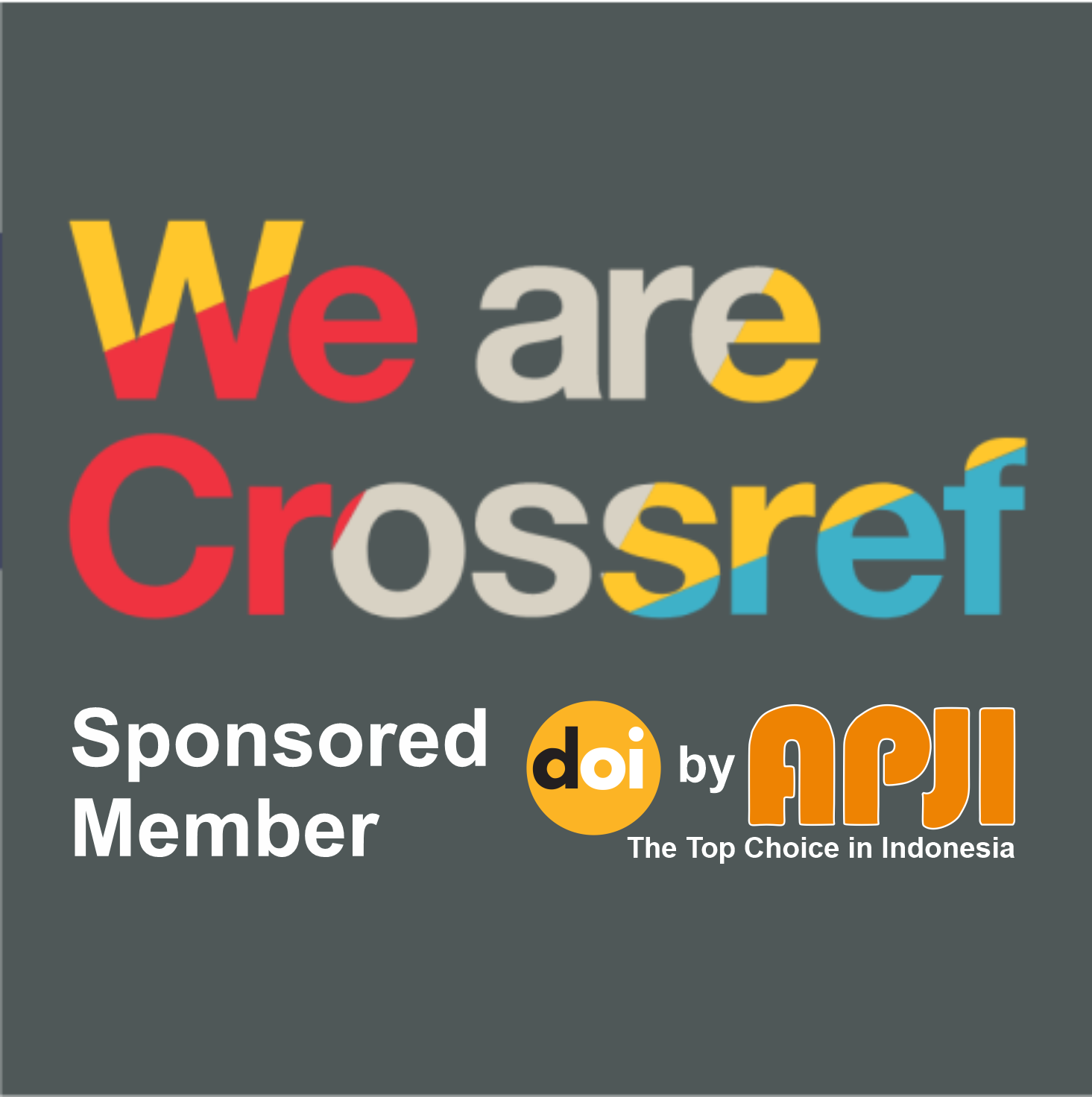Comparative Analysis of Web-Based Exam Applications Between KITA CBT and WOKA CBT at As-Shofa Vocational High School, Tasikmalaya
Keywords:
Computer-Based Test, KITA CBT, WOKA CBT, usability, reliabilityAbstract
The digital transformation in education has driven significant changes in the learning evaluation system. The shift from paper-based exams to Computer-Based Tests (CBT) reflects the need for efficiency, transparency, and accuracy. SMK AS-SHOFA Tasikmalaya is one of the schools that adopted a web-based exam system, initially using WOKA CBT, a third-party application that is relatively popular among educational institutions. However, the limitations of this application, especially in terms of feature flexibility, data security, and internal controls, prompted the school to develop an internal application called KITA CBT. This study aims to analyze the differences between KITA CBT and WOKA CBT in terms of usability, reliability, and user satisfaction. The research method used a quantitative approach with a comparative type. Data were collected through a Likert-based questionnaire distributed to 207 respondents, consisting of students and teachers, as well as technical performance tests on both applications. Data analysis included normality tests with the Shapiro–Wilk test, the Mann–Whitney U test, and data processing with Python and Excel. The results showed significant differences between the two applications in all three aspects tested. KITA CBT excels in ease of use, feature clarity, responsiveness, and efficient use of device resources. Conversely, WOKA CBT is relatively stable in certain technical aspects, although overall it falls short of the full flexibility and control offered by KITA CBT. These findings indicate that in-house application development offers a more adaptive solution for improving the quality of digital-based evaluations in secondary schools.
References
Ahmad, R., & Surya, D. (2021). Analisis perbandingan fitur aplikasi ujian CBT berbasis web pada pendidikan menengah. Jurnal Teknologi Informasi dan Komputer, 9(1), 22–31.
Anggraeni, L. (2023). Evaluasi penggunaan KITA CBT dalam penilaian akademik SMK. Jurnal Sistem Informasi dan Edukasi Digital, 7(2), 44–53.
Anshori, T. (2022). Penerapan web-based assessment di era digital learning. Jurnal Ilmu Pendidikan dan Teknologi, 11(2), 123–131.
Ardiansyah, R. (2022). Implementasi computer-based test (CBT) berbasis web pada sekolah menengah kejuruan. Jurnal Teknologi dan Pendidikan, 10(1), 45–53.
Arikunto, S. (2021). Dasar-dasar evaluasi pendidikan (Edisi ke-3). Jakarta: Bumi Aksara.
Asyraf, M., & Fikri, H. (2022). Perbandingan performa server pada aplikasi ujian daring WOKA dan Edmodo. Jurnal Rekayasa Sistem dan Teknologi Informasi, 11(1), 18–27.
Budiman, A. (2021). Analisis usability aplikasi CBT dengan pendekatan system usability scale (SUS). Jurnal Ilmu Komputer dan Aplikasi, 8(3), 55–64.
Fadhilah, R. (2020). Perancangan sistem ujian online dengan fitur keamanan berlapis pada KITA CBT. Jurnal Informatika dan Komputasi, 6(1), 12–21.
Fitriyah, S., & Laily, N. (2018). The analysis of computer-based test (CBT) implementation: A phenomenological study. Journal of Accounting and Business Education, 2(2), 310–319. https://doi.org/10.26675/jabe.v2i2.11230
Hakim, M. (2021). Studi efektivitas platform WOKA CBT dalam penilaian ujian nasional berbasis komputer (UNBK). Jurnal Teknologi Pembelajaran, 4(2), 39–48.
Hozairi, Muhsi, & Fitria, A. (2024). Analisa kepuasan pengguna aplikasi CBT di Universitas Islam Madura menggunakan metode PIECES. MNEMONIC, 7(2), 226–233.
Indrawan, A., & Maulana, T. (2023). Pengaruh kinerja aplikasi CBT terhadap kepuasan pengguna: Studi kasus di SMK Negeri. Jurnal Teknologi dan Pendidikan, 5(1), 60–71.
Kurniawan, D. (2020). Implementasi metode analytic hierarchy process (AHP) dalam pemilihan aplikasi CBT terbaik. Jurnal Informatika Indonesia, 7(4), 30–39.
Kurniawati, D., & Hidayat, M. (2021). Analisis user experience pada sistem CBT menggunakan metode SUS (system usability scale). Jurnal Human Interface Technology, 4(3), 90–98.
Marlina, T. (2021). Analisis perbandingan performa dan kestabilan aplikasi ujian CBT menggunakan load testing. Jurnal Sains Komputer dan Informatika, 6(3), 77–86.
Nugroho, A. Y. (2020). Keamanan data pada aplikasi ujian berbasis web. Jurnal Sistem Informasi, 14(3), 205–213.
Nurhaliza, Y., & Ridho, M. (2023). Perbandingan interface dan navigasi pada aplikasi CBT berbasis mobile dan web. Jurnal Mobile & Web Programming, 4(1), 33–42.
Nurhayati, N., & Rislana, A. (2020). Penerapan computer-based test (CBT) pada implementasi evaluasi hasil belajar. Prosiding Seminar Nasional Pascasarjana. https://jurnal.univpgri-palembang.ac.id/index.php/Prosidingpps/article/view/3874
Prabowo, R. (2023). Comparative study of online examination platforms in vocational high schools. Journal of Educational Technology Research, 9(1), 55–62.
Pratama, H. (2022). Analisis keamanan sistem login pada aplikasi ujian daring KITA CBT. Jurnal Keamanan Siber dan Jaringan, 5(2), 29–38.
Purnamasari, D., Bayu, A., Desy, A., Fanka, W. A. P., Reza, A., Safrila, M., Yanda, O. N., & Hidayati, U. (2023). Pengantar metode analisis sentimen. Jakarta: Gunadarma Penerbit.
Putri, N. S., & Ramadhan, T. (2021). Analisis perbandingan sistem ujian CBT menggunakan Laravel dan CodeIgniter. Jurnal Teknologi Informasi dan Komputer, 5(2), 110–120.
Rahayu, N. (2024). Uji kepuasan pengguna aplikasi WOKA CBT dengan metode UEQ (user experience questionnaire). Jurnal Human-Computer Interaction, 8(2), 45–55.
Saputra, B., & Dewi, A. (2023). Studi kesesuaian antarmuka pengguna aplikasi CBT dengan prinsip heuristik Nielsen. Jurnal Rekayasa Perangkat Lunak, 7(1), 61–70.
Supriyanto, A., & Sari, L. (2020). Implementasi dan pemeliharaan sistem ujian online pada sekolah menengah. Jurnal Teknologi dan Manajemen Informatika, 7(1), 72–80.
Widodo, B., & Lestari, F. (2020). Framework pengembangan aplikasi CBT yang efisien dan scalable. Jurnal Teknologi Komputer, 8(1), 99–107.
Yudhana, A., Herman, & Tugiman. (2022). Uji validitas dan reliabilitas kuesioner model UTAUT untuk evaluasi sistem pendaftaran online rumah sakit. Jurnal Teknik Informatika dan Sistem Informasi, 9(2), 1621–1630.
Yusuf, M., & Prasetyo, D. (2023). Studi komparatif antar aplikasi CBT di lingkungan pendidikan. Jurnal Riset Teknologi Informasi, 6(1), 33–40
Downloads
Published
Issue
Section
License
Copyright (c) 2025 Hilman Nurhidayat, Muhammad Ikbal Aminudin, Taufik Hidayat, Ahmad Soderi, Samroh Samroh (Author)

This work is licensed under a Creative Commons Attribution-ShareAlike 4.0 International License.














